Hi,
I recently learned that I was invited for a first round interview with BCG in three weeks; however, this was unexpected and I have little to no consulting/case prepping background. I graduated from college in 2017 and currently work at a bulge bracket bank in corporate finance - consulting was always something I was interested in but not familiar with, which is why I spontaneously ended up applying in the first place, and was surprised when I got invited for an interview.
Now, I am in a situation where I need to brainstorm the most effecient way to prepare for the interview. I have been watching videos and reviewing basic frameworks, but I feel like I need more live mock practice, but this has been tough while working 60 hrs a week. Additionally, I was advised not to read Case In Point or Case Interview Secrets unless I have time.
Any advice from prior experience on how I can put myself in a position to succeed within three weeks? or is this an uphill battle?




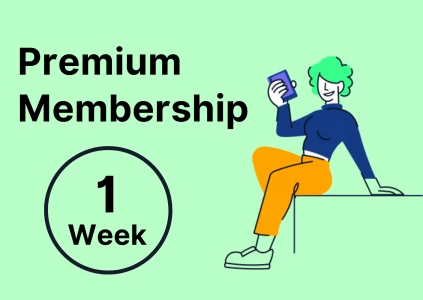



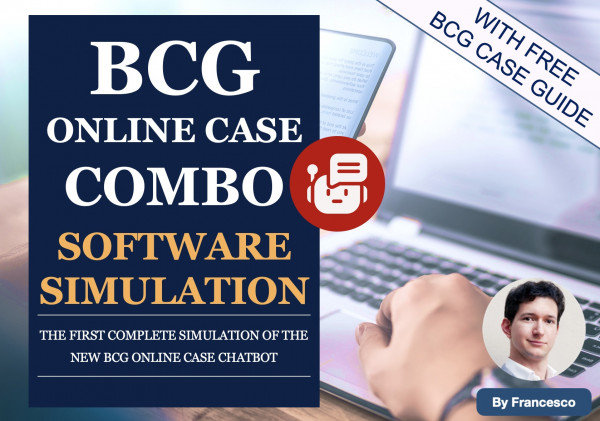
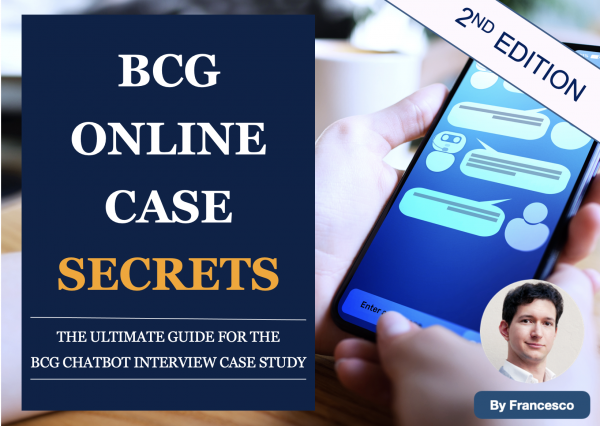
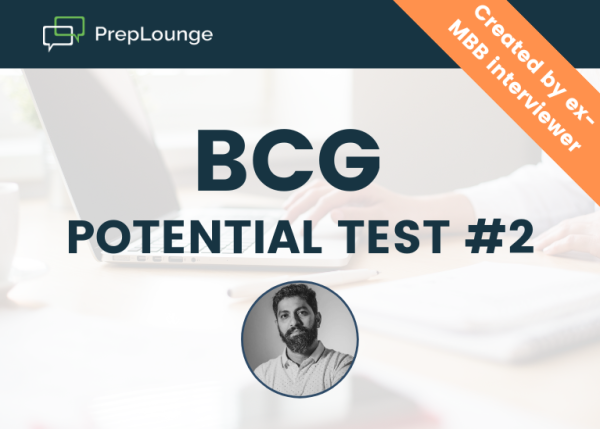
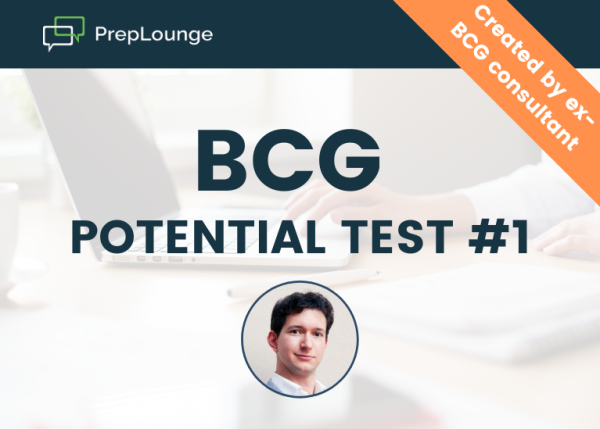
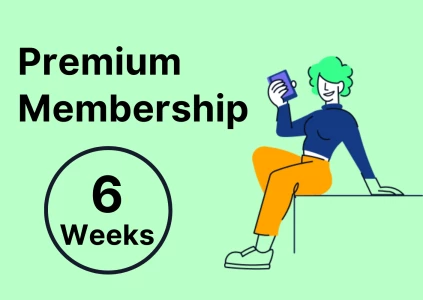
Just a comment to say that this is the most comprehensive advice I have ever seen on how to prep for those interviews. Thanks a lot, Vlad
Welcome!